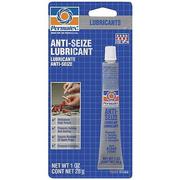Front LHS Hub / Knuckle with NEW KOYO Wheel Bearings Installed
Suits
Mitsubishi Magna TE, TF, TH, TJ, TL, TW
Mitsubishi Verada TE, TF, TH, TJ, TL, TW
Suits all Sedan and Wagon
Suits ABS and NON ABS
Suits both FWD and AWD
There is no core deposit or requirement to return your old hub once replaced.
This unit is offered with the bearings already installed as many people do not have the equipment required to press these bearings in. Item will come ready to install into your vehicle.
Please note, front drive shaft requires to be set to correct torque setting of 185 - 225 nm in order to seat on the bearings correctly. Under or Over torque may cause damage to the bearing pack.




 Reply With Quote
Reply With Quote






